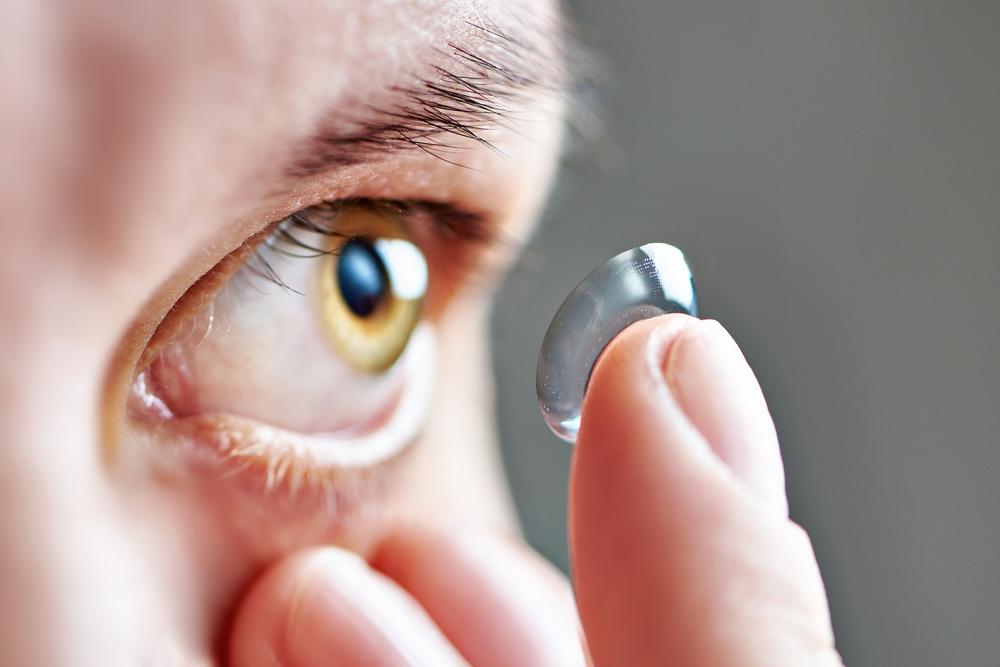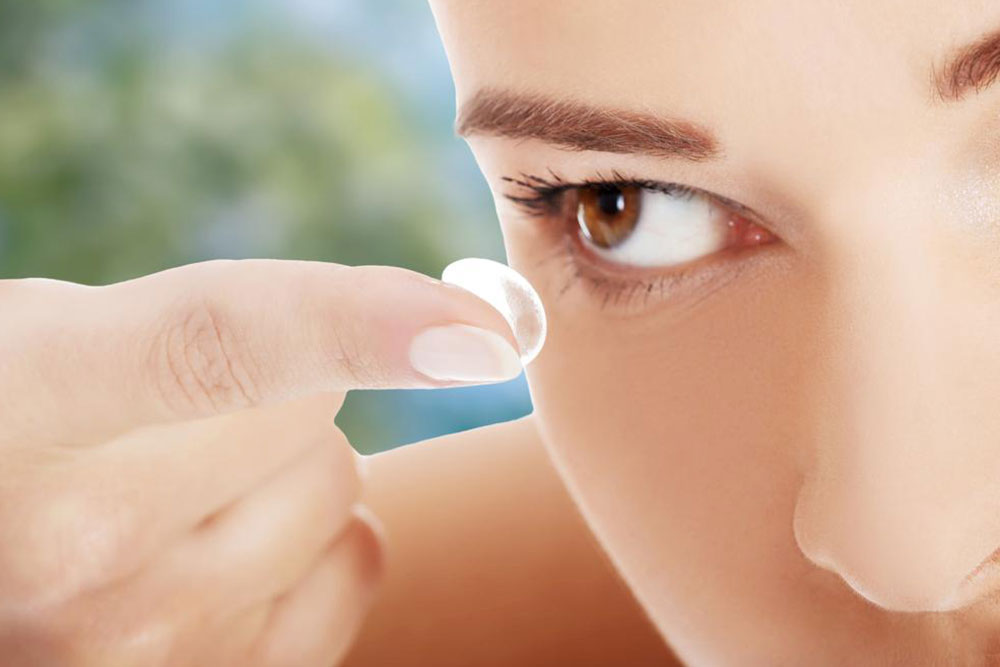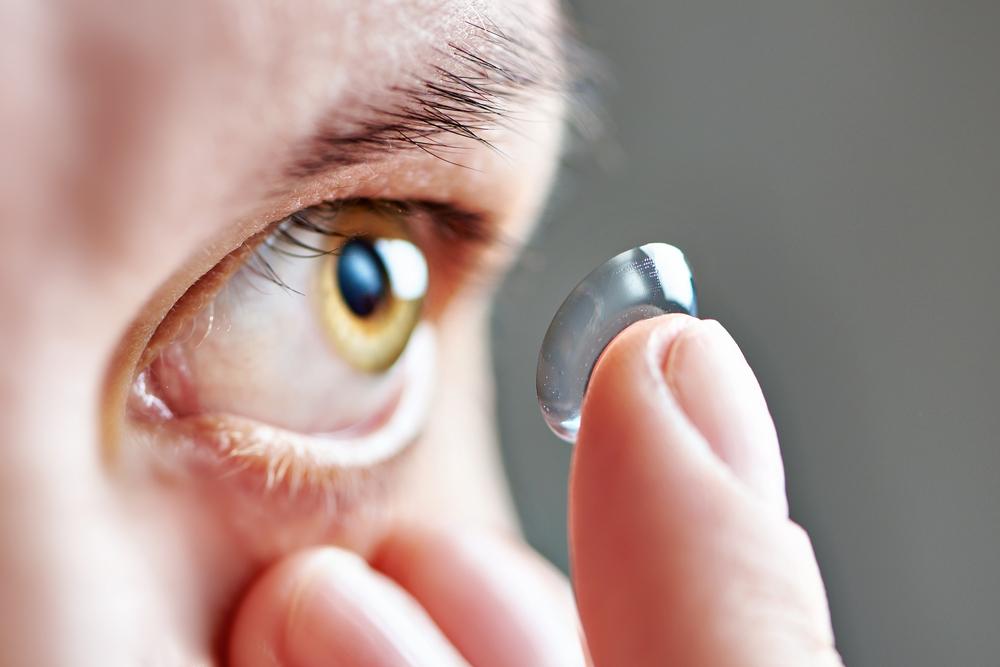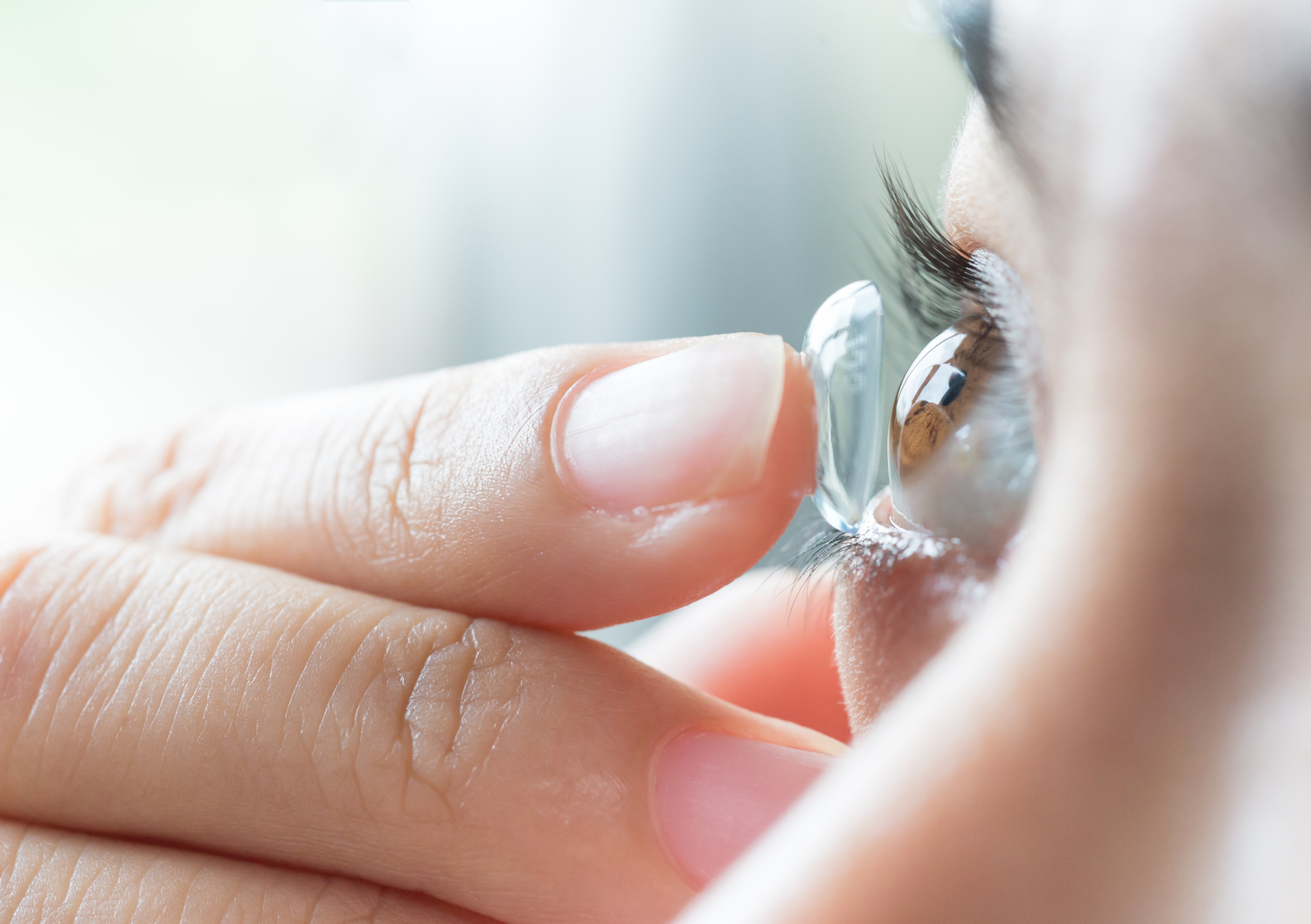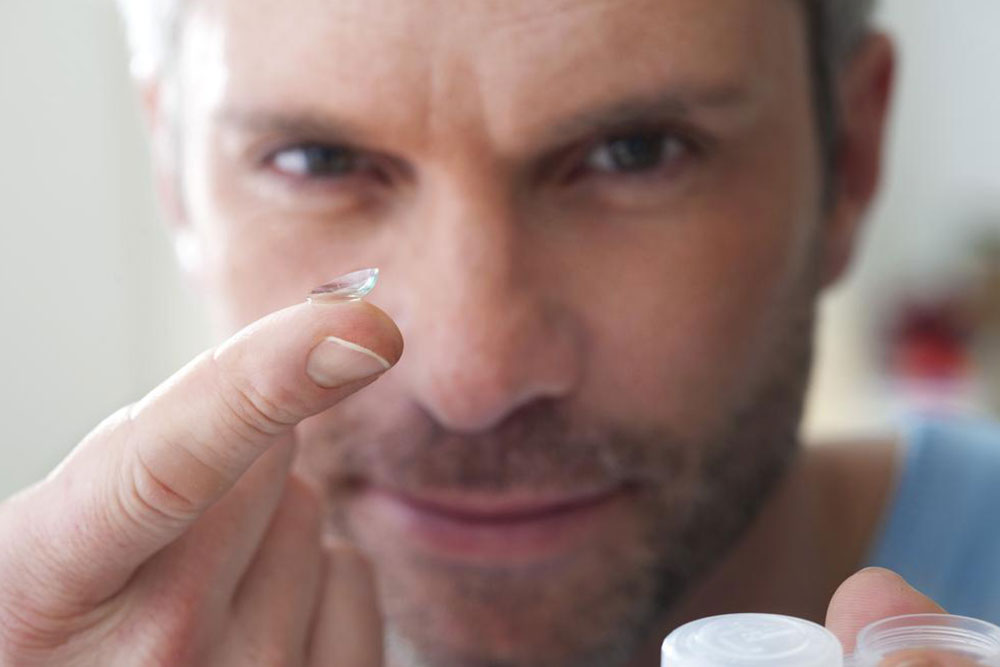Comprehensive Guide to Contact Lens Usage: Essential Information for Beginners
This comprehensive guide covers everything you need to know before using contact lenses, including types, safety tips, and trusted brands. Perfect for new users, it emphasizes proper handling, hygiene, and best practices to maintain eye health and achieve optimal vision correction. Learn about different lens materials, wear schedules, and precautions such as water exposure. Whether you're considering daily disposables or scleral lenses, this article provides valuable insights to help you make informed, safe choices for your vision correction needs. Protect your eye health with expert advice and quality products.
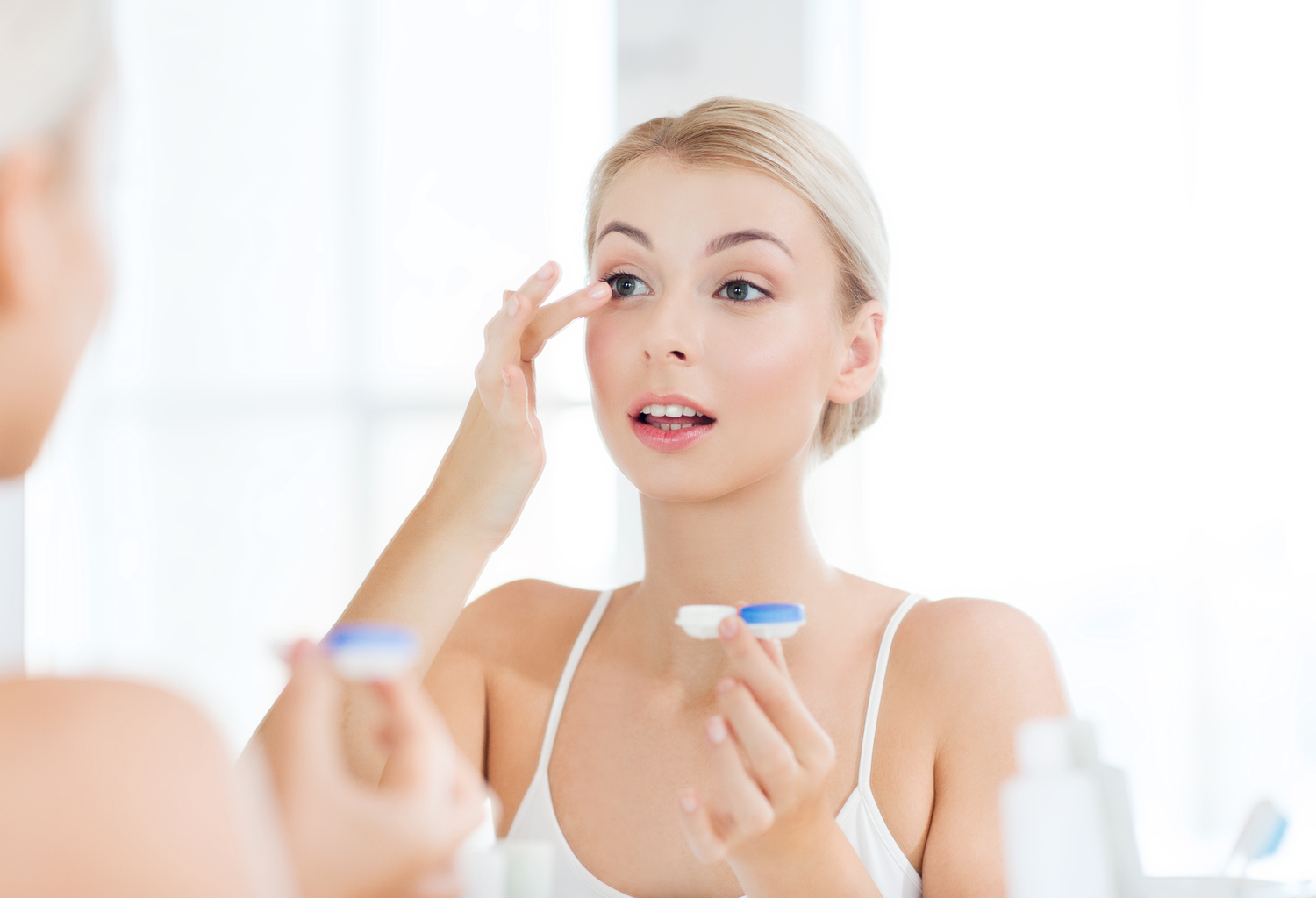
Comprehensive Guide to Contact Lens Usage: Essential Information for Beginners
Contact lenses have revolutionized the way millions of people correct their vision, offering a lightweight and discreet alternative to traditional eyeglasses. These thin, curved optical devices rest directly on the tear film of the eye, providing clear and comfortable vision correction for various visual impairments. As their popularity continues to grow, understanding the key aspects of contact lens usage becomes paramount for safe and effective application. This extensive guide aims to provide you with detailed insights into different types of contact lenses, their usage guidelines, safety tips, and trusted brands, ensuring you make informed decisions for your eye health.
**Understanding What Contact Lenses Are**
Contact lenses are small, curved, transparent or slightly pigmented devices designed to sit on the eye’s surface, specifically on the tear film, to correct various visual issues such as nearsightedness, farsightedness, astigmatism, and presbyopia. Because they are lightweight and virtually invisible when worn, contact lenses offer significant aesthetic and functional advantages over traditional glasses. However, they require proper handling and maintenance to prevent complications and ensure vision remains sharp and eye health is preserved.
**Advantages of Choosing Contact Lenses**
For many, contact lenses are the preferred choice due to their convenience and comfort. They eliminate issues like frame heaviness or fogging that can sometimes interfere with vision clarity. Contact lenses also provide a wider field of view and are particularly favored for sports and outdoor activities. Additionally, they do not interfere with cosmetics or hairstyles, making them a discreet solution for vision correction.
**Exploring the Types of Contact Lenses**
Understanding the different types of contact lenses available allows you to select the most suitable option based on your eye condition, lifestyle, and preferences. The main categories fall into five broad groups: rigid gas-permeable lenses, soft contact lenses, disposable lenses, silicone hydrogel lenses, and scleral lenses.
Rigid Gas-Permeable Lenses (RGPs): These are made from durable plastics like polymethyl methacrylate. Developed in the 1940s, RGP lenses initially had limited oxygen permeability, but advances in design during the 1970s significantly improved oxygen transmission. They are known for their excellent visual acuity, durability, and ease of cleaning. RGP lenses are particularly suitable for complex prescriptions, including irregular corneas or high prescriptions, offering a sharp and stable vision correction.
Soft Contact Lenses: Introduced in the 1970s, soft lenses are crafted from hydrophilic materials such as hydroxyethyl methacrylate (HEMA) that absorb water, making them flexible and comfortable. They conform closely to the eye's surface, providing an almost natural feel. Soft lenses are the most commonly used type due to their ease of use and comfort. They cater to a wide range of vision corrections, including simple myopia, hyperopia, astigmatism, and presbyopia.
Disposable Contact Lenses: These are designed for short-term use, with variations for daily, weekly, monthly, or quarterly replacement. The primary benefit of disposable lenses is improved hygiene and convenience since they reduce the risk of deposit buildup and infection. They are especially recommended for new users or those with busy lifestyles who prefer the convenience of a fresh pair of lenses every day or week.
Silicone Hydrogel Lenses: Made from silicone-based plastics, these lenses have high oxygen permeability, which allows more oxygen to reach the cornea. This increased oxygen flow maintains eye health and reduces dryness, making them suitable for extended wear or for individuals with dry eyes. Silicone hydrogel lenses are often used for longer daily wear or continuous wear regimens.
Scleral Lenses: These are larger, gas-permeable lenses that span the entire cornea and rest on the sclera (the white part of the eye). Leveraging advanced computer-aided design (CAD) technology, scleral lenses provide a custom fit, especially for irregular corneas, severe dry eye, or complex prescriptions. They offer superior comfort and vision clarity, particularly for patients with irregular corneal shapes or severe refractive errors.
**How Long Can You Safely Wear Contact Lenses?**
Always adhere to your eye care specialist’s recommendations based on your specific lens type and eye health condition.
Typically, contact lenses are safe for daytime wear up to 16 hours, depending on the lens material and individual tolerance.
Never sleep in contact lenses unless explicitly prescribed for extended or continuous wear, as sleeping with contacts increases infection risk.
If you are a new user, introduce longer wear times gradually to allow your eyes to adjust without discomfort or dryness.
**Safety Considerations for Contact Lens Wear**
Proper hygiene and handling are critical to prevent eye infections and complications. Always wash and dry your hands thoroughly before touching lenses.
Regular eye examinations are vital to monitor eye health and ensure your lenses remain suitable for your eyes.
Use only high-quality, approved contact lenses and solutions to minimize risks.
Follow replacement schedules diligently to avoid deposit buildup and potential infections.
Limit exposure to water—avoid wearing lenses while swimming, showering, or sleeping with them in to reduce infection risk.
**Can You Shower or Swim with Contact Lenses?**
It’s safest to remove contact lenses before showering or swimming, as water can introduce bacteria and other microorganisms leading to serious eye infections.
If you need to wear lenses during water activities, consider daily disposables and use protective goggles to minimize water contact.
Keep lenses in appropriate solutions when not in use, and never store or wear lenses in untreated water.
Refrain from swimming or sleeping with lenses in unless specifically advised by your eye care professional.
**Trusted Contact Lens Brands You Can Rely On**
ACUVUE® — Known for comfort and reliability, suitable for daily and extended wear.
DAILIES® — A popular choice for convenient daily disposables, offering clear vision and ease of use.
AIR OPTIX® — Silicone hydrogel lenses designed for breathable, comfortable extended wear.
Soflens — A range of soft lenses for casual and daily use.
Top Recommendations for Contact Lenses
Biofinity® from Bausch & Lomb provides high oxygen permeability and comfort for extended wearing schedules.
Aqualens offers affordable, reliable soft lenses suitable for everyday use.
Considering switching to contact lenses? Consult your eye care professional to choose the right type and brand that best suits your vision needs and lifestyle. Proper use and maintenance will ensure you enjoy clear vision and healthy eyes for years to come!
